An ACT (Acceptance & Commitment Therapy) skill for “being mindful in public” that combines defusion and acceptance, no deep breathing or meditation needed.
The Problem Under the Blush
Just imagine you are on a bus, in a café, or at the gym. And in these moments, you may want to be mindful in public by briefly taking a pause, checking in with yourself, resetting your attention, and choosing your next helpful move. However, as soon as you try, your mind often jumps in and shouts:
“They’ll think I’m weird.” “Everyone is watching.” “Don’t do anything noticeable.”
This reaction is not just mere shyness. According to social anxiety research, it is described as the fear of negative evaluation, which is the persistent belief that other people are closely observing you and judging you harshly or critically. Psychologists study this pattern by using well-established tools like BFNE (Brief Fear of Negative Evaluation), which closely measures the pressure of “they’ll think badly of me.” This fear of being judged can make even the tiniest acts of self-care, for example, taking a slow breath, jotting down a note, or shifting your focus, feel unnecessarily risky or embarrassing. [1]
Here is ACT’s perspective: You don’t have to win an argument with your fear in order to move ahead. Instead, ACT focuses on two trainable mindfulness skills:
- Defusion, which helps you learn to unhook from the thought “they’re judging me.”
- Acceptance, which allows space for the blush, tension, or racing heart while still choosing to do what matters to you.
Research supports both of these skills. Brief defusion exercises have been shown to reduce how believable and emotionally painful a thought feels. Acceptance, on the other hand, provides a healthy way to regulate your emotions. Further studies suggest it is often more effective than trying to suppress or push feelings away. [2]
Why “Act Normal!” Backfires
Whenever we try to control or suppress our anxious thoughts and feelings, they often rebound even stronger, the classic “white bear effect.” In contrast, putting feelings into words (simply labeling them) shows the opposite impact. According to research labeling our emotions can dial down the brain’s alarm system (the amygdala) and activate the prefrontal cortex, which helps regulate responses. As a result the moment feels less threatening and more manageable. In simple terms: label → less alarm → more choice. [3] [5] [6]
ACT translates this science into practical skills that can be applied in everyday life, not just in a quiet meditation room. By practicing moves like defusion and acceptance on the go, you build psychological flexibility, which is the capacity to do what matters, even when discomfort arises. ACT is supported by reviews and meta-analyses as an effective approach for anxiety problems precisely because it strengthens this flexibility. [4] [8]
A 90-second skill for “Public Awkwardness”
Whenever you want to be mindful in public but the fear of being judged is loud, just use this practice. You don’t need a special posture, a meditation cushion, or any visible ritual; it’s just a quiet shift you can make in the moment, right where you are.
Tag the thought (defusion, ~15s)
You can start by giving the sentence a neutral label, such as: “Judgment forecast.”
Then turn it into a short headline, either whisper quietly to yourself or write it down in your notes:
Headline: “They’ll think I’m strange if I pause for 10 seconds.”
By doing this, you shift the thought from something that feels like a truth into something you can see as text, and that shift is the core of defusion. Research from brief lab tasks shows that defusion techniques reliably reduce both the believability of sticky self-talk and the discomfort it creates.
Open to the feeling (acceptance, ~20s)
Name the body signal without fixing it. For example:
“Warm face, tight throat, this can ride with me for a minute.”
This simple act of acknowledgment is part of acceptance. Instead of fighting to push the sensations away, you allow them to be present with you while you continue with what you want to do. Research proves acceptance as an effective emotion-regulation strategy which is less exhausting and more sustainable than suppression. [4] ([Frontiers][5])
Micro-Move (Values, ≤45s)
Choose one small, almost invisible action that supports what matters most to you—whether that’s presence, kindness, or clarity and do it quietly, right where you are:
- Presence: Let your eyes rest on a neutral detail, such as a doorframe or the rim of your coffee cup, for one deep sentence worth of time, “from the hinge to the handle.”
- Kindness: Send one simple, genuine check-in text to someone you’ve been avoiding.
- Clarity: Type a quick 10-word note to help guide your next step, for example: “Next step: email Mia with two options.”
This is what mindfulness training looks like in ACT: you notice → name → open → act right there in public, without requiring silence or ritual.
You didn’t hide. You didn’t perform. You chose even with the background noise of your mind.
Café, crowded line
Tag: Judgment forecast, “Headline: People will think I’m awkward if I pause.”
Open: “The heat in my cheeks can sit here.”
Micro-move (presence): Let your eyes trace the edge of your cup, hinge to handle, then quietly send a text: “Running 5 minutes late, be there soon.” You stayed with the moment instead of rushing away from it.
Gym floor
Tag: Judgment forecast, “Headline: They’ll think I’m clueless.”
Open: “This shaky stomach can ride shotgun.”
Micro-move (clarity): Read the rack labels, choose one exercise, and set a timer for 90 seconds then begin. You took action while the awkwardness stayed, proving you don’t need to wait for comfort first.
Bus commute
Tag: Judgment forecast, “Headline: People will stare if I look out the window.”
Open: “The buzz in my neck is allowed.”
Micro-move (kindness/connection): Send a two-line check-in to a friend. In that tiny step, the ride became yours again, not anxiety’s.
“Mindfulness” ≠ Performance
It is not about performing some public ritual perfectly. What’s real is to let the fear be present and still you’re able to take one small, values-aligned action. ACT does not promise the absence of nerves. What it trains is psychological flexibility, so that nervousness does not dictate the next ten minutes of your life. Early meta-analyses and reviews of ACT focusing specifically on social anxiety, support this direction, although the exact number of studies included across reviews is not clear. [9]
If You Want The “Why” (30-Second Science)
- Labeling your emotions or thoughts reduces activation in the amygdala, which is the brain’s alarm system, creating more space for choice in how you respond.
- Defusion shifts your relationship with the thought, so instead of treating it like a command you must obey, you see it as just mere content passing through. As a result, the thought’s believability and sting tend to drop.
- Acceptance allows you to experience difficult feelings without getting stuck in the exhausting cycle of suppression. This prevents the rebound effect and conserves energy, leaving more fuel for what matters next.
FAQ (for searchers of “mindfulness for social anxiety,” “mindfulness in public,” “how do I practice mindfulness”)
What does “being mindful in public” actually look like?
It looks like making small, invisible choices in the moment. Labelling the judgment forecast (“They’ll think I’m awkward”), you allow the physical sensations such as the heat in your face, and then you take one small, values-based action, whether that is presence, kindness, or clarity.
Isn’t it safer to just hide until I’m calm?
Hiding may feel safer to you for the time being, but with time, it can shrink your life. Instead, ACT builds psychological flexibility, which means learning to take action with discomfort present. That is what makes the difference in how your day actually unfolds.
Will this stop people from judging me?
No skill can control other people’s thinking or what they do. However this skill reduces how much the fear of negative evaluation controls you so you’re able to spend your minutes living, rather than waiting for judgment to go away.
Try it now in MetaMindful
Open Defusion Session → Public Awkwardness Reset. In just three minutes, you will:
- Tag the judgment forecast by noticing and naming the thought your mind is offering.
- Make room for the heat or tension in your body without trying to push it away.
- Take one tiny, values-based micro-move, something quiet and doable right where you are.
Your mind may predict judgment, but it does not get the final say. You get to choose the next move.


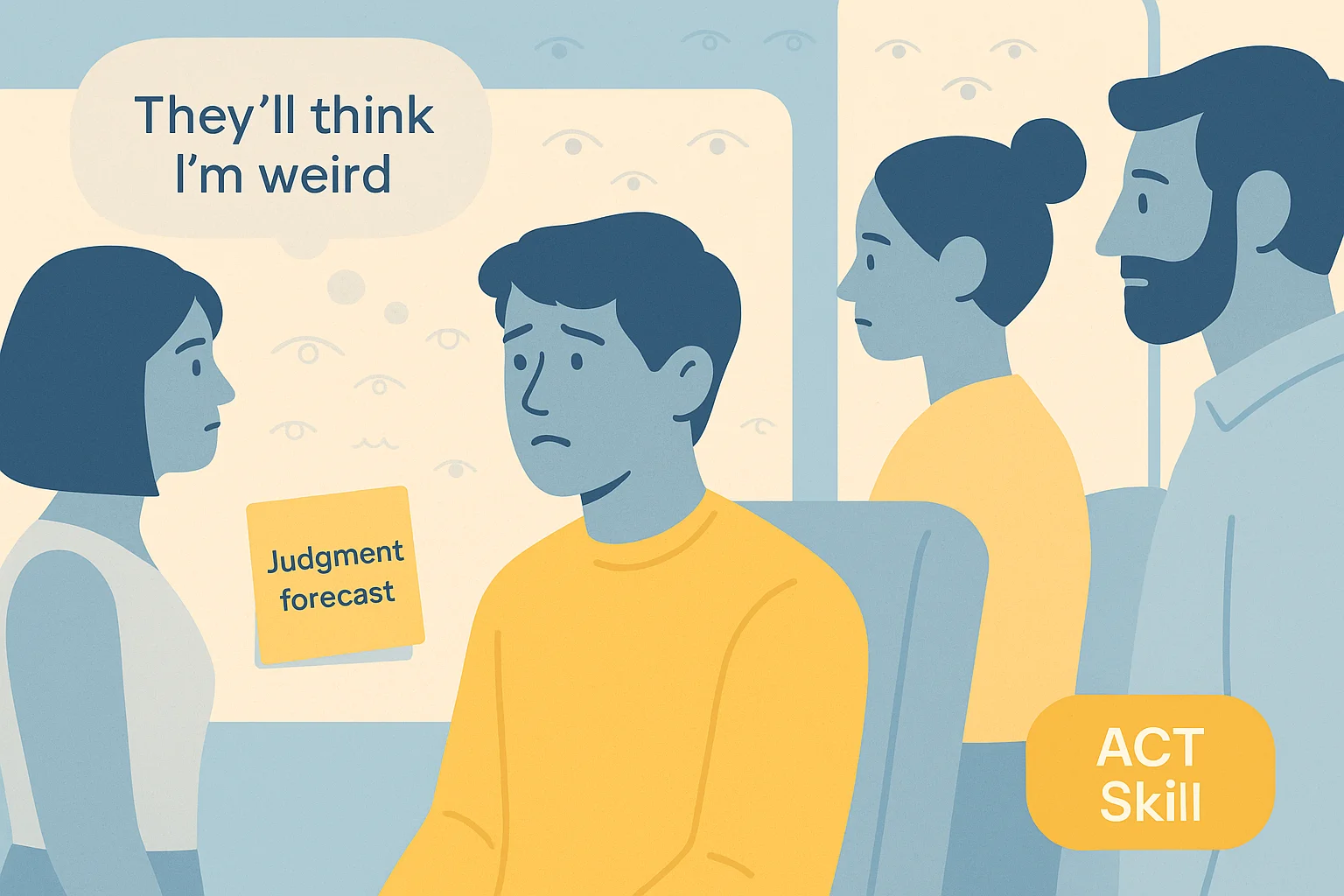
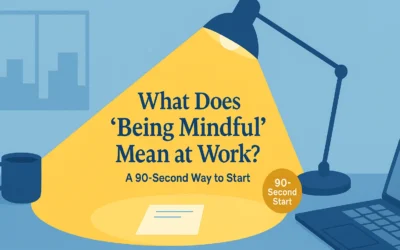
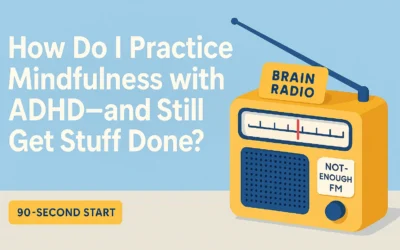
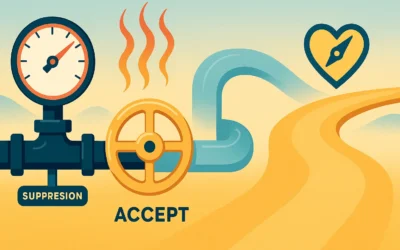
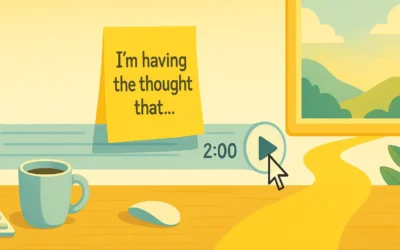
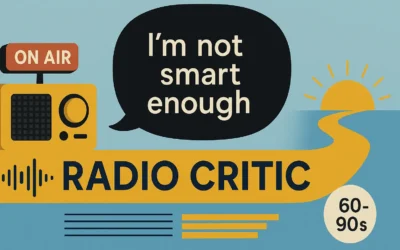
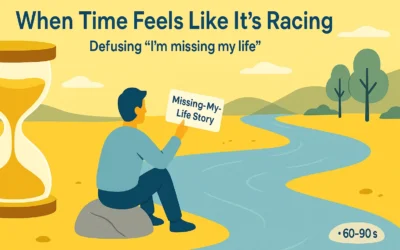
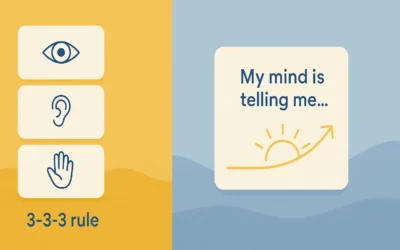
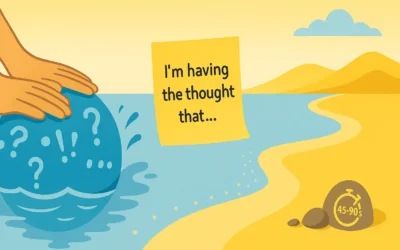
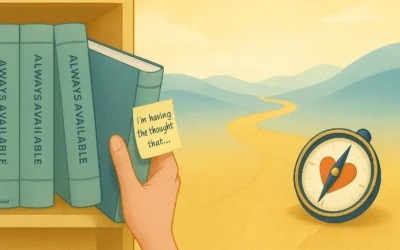
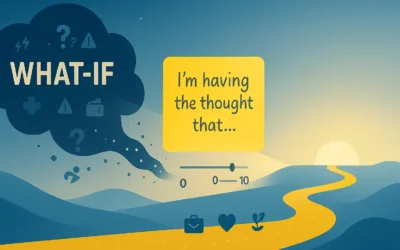
0 Comments